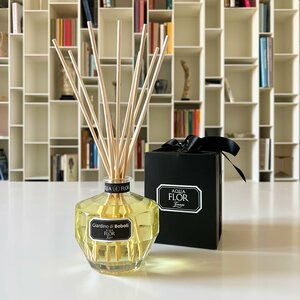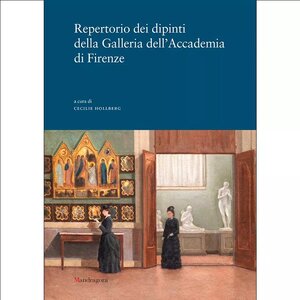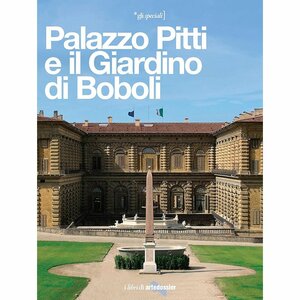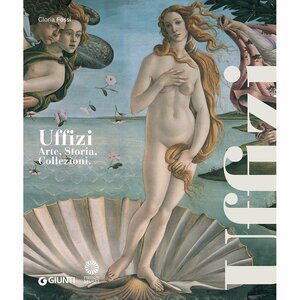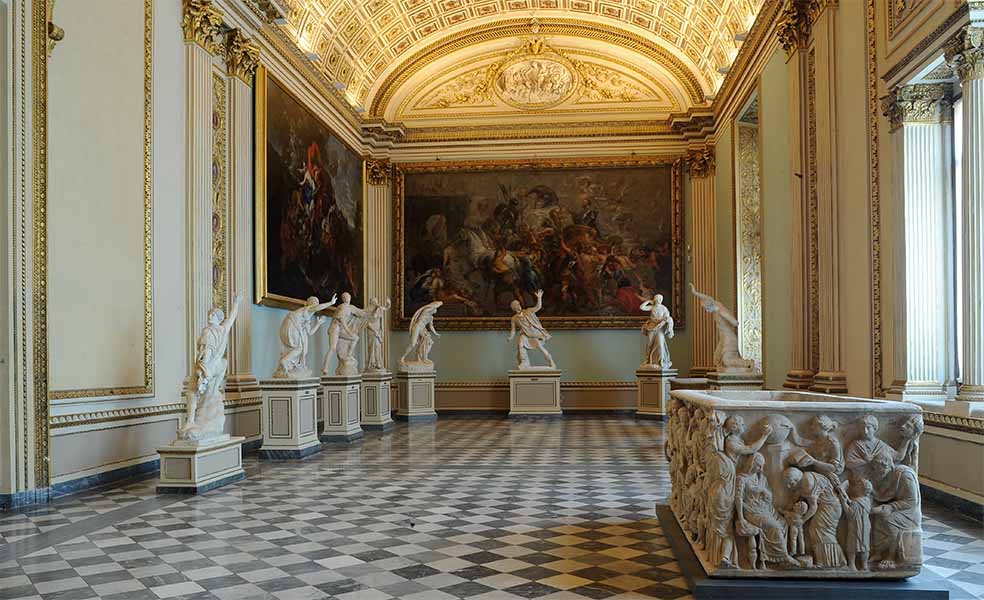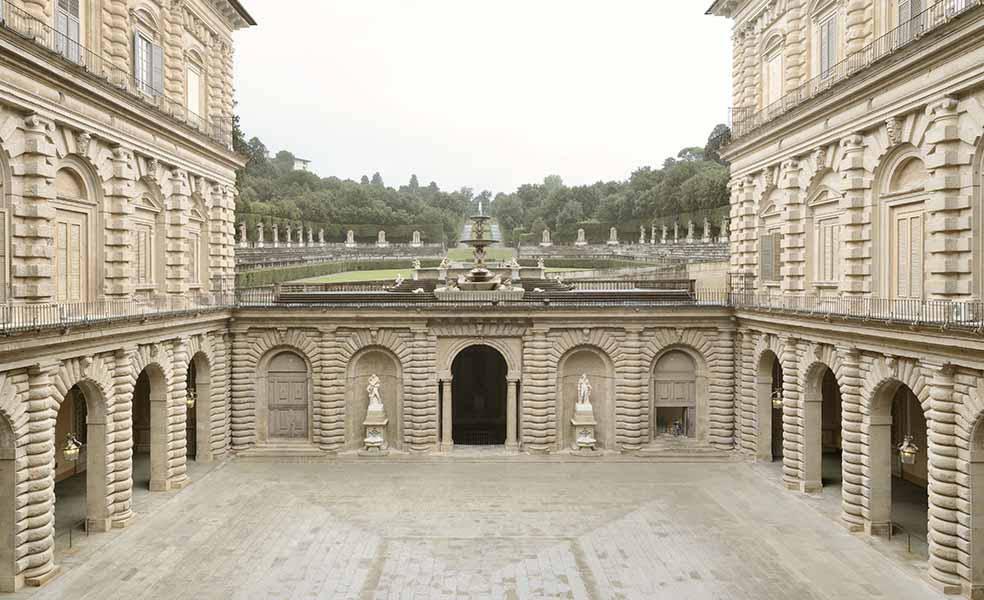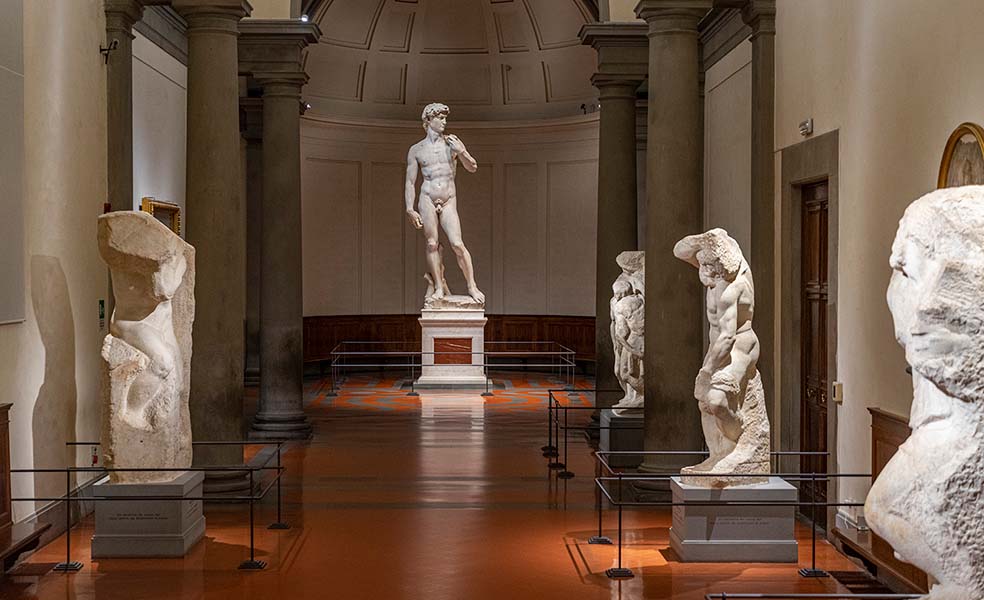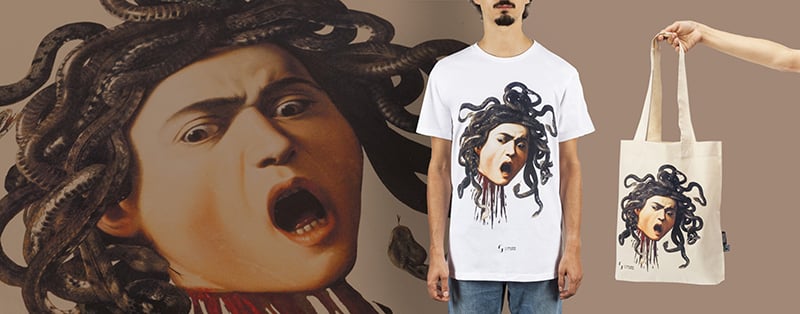Home / Experience / Bronzino
Bronzino
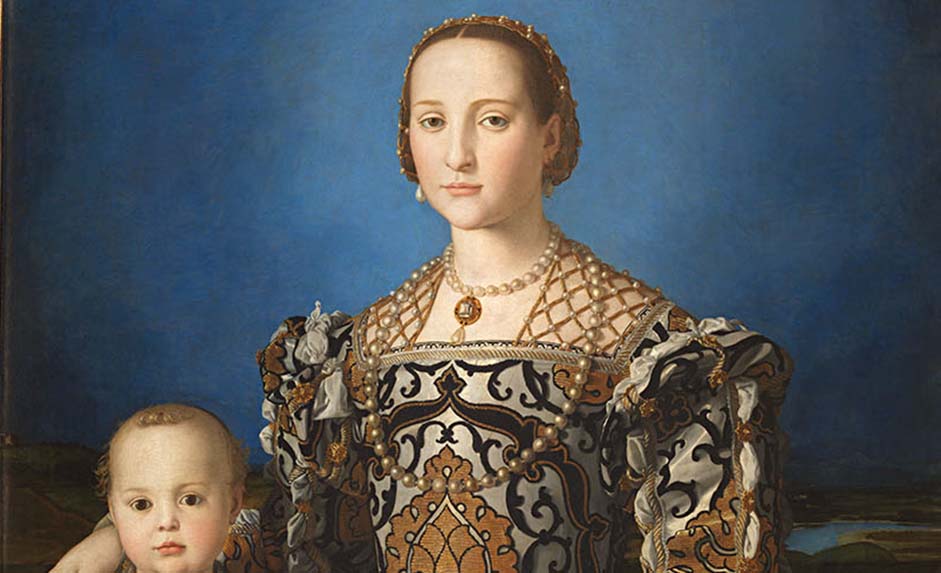
Among the leading exponents of Florentine Mannerism, Bronzino worked in the service of the Medici court and other important local dynasties. With his precious, clear and delicate painting style, he laid the foundations of modern portraiture.
Origins and training
Agnolo di Cosimo di Mariano was born in 1503 in Monticelli, near Florence. The nickname by which he is known today, Bronzino, probably derives from the bronze-like colour of his hair. The painter spent almost his entire life in Florence: it was here that he trained, worked and eventually died. The son of a butcher, and therefore a member of the small urban middle class, he dedicated himself to painting from a very young age.
As an apprentice in the workshop of Raffaellino del Garbo, heir to the Quattrocento tradition of Filippo Lippi and Ghirlandaio, at just fifteen, he apprenticed in the workshop of Pontormo, an already established artist with major commissions in Medicean Florence.
The relationship between master and apprentice soon evolved into an active collaboration, eventually becoming an intimate friendship. Alongside Pontormo, between 1524 and 1525, Bronzino worked on the frescoes of the Cappella Capponi in the church of Santa Felicita, painting the four medallions in the corners of the architectural structure designed by Brunelleschi (1377–1446). With this work, he officially presented himself to the Florentine elite and began to receive his own commissions.
The return of the Medici and the beginnings of his career as court painter
In 1530, the Florentine Republic fell. In a climate of great uncertainty and fear, the Medici managed to return to the city, aided by the troops of Emperor Charles V (1500–1558). Back in power, the family launched an intense programme of patronage.
Foremost among the patrons of the newborn Duchy of Florence, later expanded into the Grand Duchy of Tuscany, was Cosimo I together with his wife Eleonora of Toledo. Thanks also to the efforts of Giorgio Vasari – artist, architect and the first art historian – the grand duke succeeded in constructing such a refined and sophisticated image of his court that its fame spread throughout Europe.
It was in this context that Bronzino was able to gain independence from Pontormo and become the official portraitist of the Medici.
For Cosimo I, a lover of myths and enigmas, the painter created many frescoes and paintings with pagan themes, imbuing each work with profound hidden meanings. A perfect example is the Ritratto di Cosimo I come Orfeo (1537–1539), now housed in the
Philadelphia Museum of Art.
The duke is portrayed as the mythical musician and poet after he has tamed Cerberus, the guard dog of Hades, to bring his beloved Eurydice back to life. An enigmatic painting, in which the nudity and evocative pose of the young man have left ample room for interpretation. It could represent the age of peace the new generation of the Medici aspired to inaugurate, a celebration of Cosimo’s role as patron of the arts and letters, or an allusion to his marriage to Eleonora of Toledo in 1539.
While allegorical subjects were often difficult to decipher, with colours at times unnatural – almost painterly caprices – as in the spectacular Allegoria del trionfo di Venere (1540–1545, London, National Gallery), his portraits grew ever closer to reality.
Around the 1540s, alongside the grand Medicean commissions, Bronzino turned to a hyperrealistic rendering of reality, as though he wanted to immobilise it, crystallising it into extremely detailed paintings.
Among the most famous works from this period are: Ritratto di Bia de’ Medici (c. 1542), the celebrated Eleonora di Toledo col figlio Giovanni (c. 1544–1545), the Ritratto di Cosimo I de’ Medici in armatura and the Ritratto di Maria de’ Medici (1551), all preserved at the Galleria degli Uffizi.
A unique style serving Medici politics
During these years Bronzino was commissioned to modernise Palazzo della Signoria (today’s Palazzo Vecchio), chosen by Cosimo and Eleonora as their residence, and it was for her that he decorated the private chapel, arousing admiration among his contemporaries.
The central altarpiece, the Deposizione di Cristo, was so realistic, delicate and emotionally charged that the chancellor of Emperor Charles V, visiting Florence, was struck with awe upon seeing it. As a skilled politician and diplomat, Cosimo I decided to give it to him as a gift and asked Bronzino to produce an identical copy, which still remains in the chapel today. Alongside numerous figures of the time, the artist also included himself in the scene, together with his master Pontormo and his favourite pupil, Alessandro Allori.
His meticulous attention to detail in faces, garments, fabrics and accessories was almost obsessive, and he was especially renowned for the care he devoted to the depiction of the jewels worn by the ladies he portrayed.
Such was his commitment to naturalistic rendering that he painted the Ritratto di Bia de’ Medici after the child’s death (she died at only five years old), basing it on a plaster death mask.
According to Giorgio Vasari, Bianca – known as Bia – was the “little girl and natural daughter of the Grand Duke” Cosimo I, born before his marriage to Eleonora of Toledo. Nevertheless, the grand duchess was reportedly very fond of her and cared for her lovingly. While travelling with her father, Bianca suddenly fell ill and died within a few weeks. The posthumous portrait is thus thought to have been a tribute commissioned by the heartbroken duke to honour his beloved daughter.
The great success Bronzino enjoyed in these years was probably also due to his style, which harmonised perfectly with the ideals of the restored Medici dynasty and the objectives of Cosimo I: defining and idealising the social, intellectual and psychological status of his sitters, while celebrating the absolutism of court protocol. An elegant, detailed and distinctive style that rightfully places him within the current of Mannerism.
The influence of Michelangelo and Raffaello is evident in the faces and in the colour choices: “to paint in the manner of” Leonardo, Michelangelo and Raffaello is indeed the hallmark of the prima maniera.
The debate on the supremacy of the arts: the Nano Morgante
Involved in the artistic debate known as the “paragone” – the comparison between painting and sculpture – Bronzino produced a work that provoked scandal as well as admiration: the Ritratto del Nano Morgante (c. 1553), now in the Galleria Palatina of Palazzo Pitti. This painting depicts the famous court dwarf, Braccio di Bartolo, sarcastically nicknamed Morgante, completely nude. What made the painting so remarkable was not so much the subject as the fact that it was painted both on the front and the back. By showing both sides of the same figure simultaneously, the artist asserted the superiority of painting and silenced those who considered its two-dimensionality to be its greatest limitation.
Moreover, by depicting both before and after the hunt, Bronzino added the temporal element, impossible to capture in sculpture: the primacy of figurative art was thus absolute.
The final years
Bronzino worked for the Medici family throughout his adult life and, after Pontormo’s death, completed the works left unfinished by his master. Over time he became a reference figure in the city’s cultural landscape, and in 1563 he founded the Accademia del disegno in Florence, an important artistic institution originally envisioned by Michelangelo.
Almost a decade later, on 23 November 1572, he died at the age of sixty-nine, in the house of Alessandro Allori, with whom he had long lived. His epitaph was written by Allori and reads:
“He does not die who lives as Bronzino lived: | His soul is in heaven, his bones are here, his name on earth | Illustrious, where he sang, painted and wrote.”
Cover photo: Portrait of Eleonora of Toledo with her son Giovanni, 1544–1545, Agnolo Bronzino, Galleria degli Uffizi, Florence
Florence, 1503 – Florence, 1572
Painting
Related products
Related museums
From €16,00
Originally the residence of the wealthy Florentine banker Luca Pitti, this magnificent palace was purchased in 1550 by Grand Duke Cosimo I de’ Medici, who established his court there with his wife Eleonora of Toledo. After two centuries, from 1737, the palace was to be the residence of the Lorraine family, who succeeded the Medici in the Grand Duchy, and later of the Savoy family during the five years when Florence was the capital of Italy.
Average visit time:
2 hours
From €12,00
The birth of the Gallery dates back to 1784, when the Grand Duke of Tuscany Pietro Leopoldo reorganised the ancient Accademia delle Arti del Disegno, founded in 1563 by Cosimo I de’ Medici, into the modern Accademia di Belle Arti. The new institution was to house a collection of ancient and modern paintings and sculptures in order to facilitate knowledge and study for the Academy’s young students.
Average visit time:
1-2 hours


